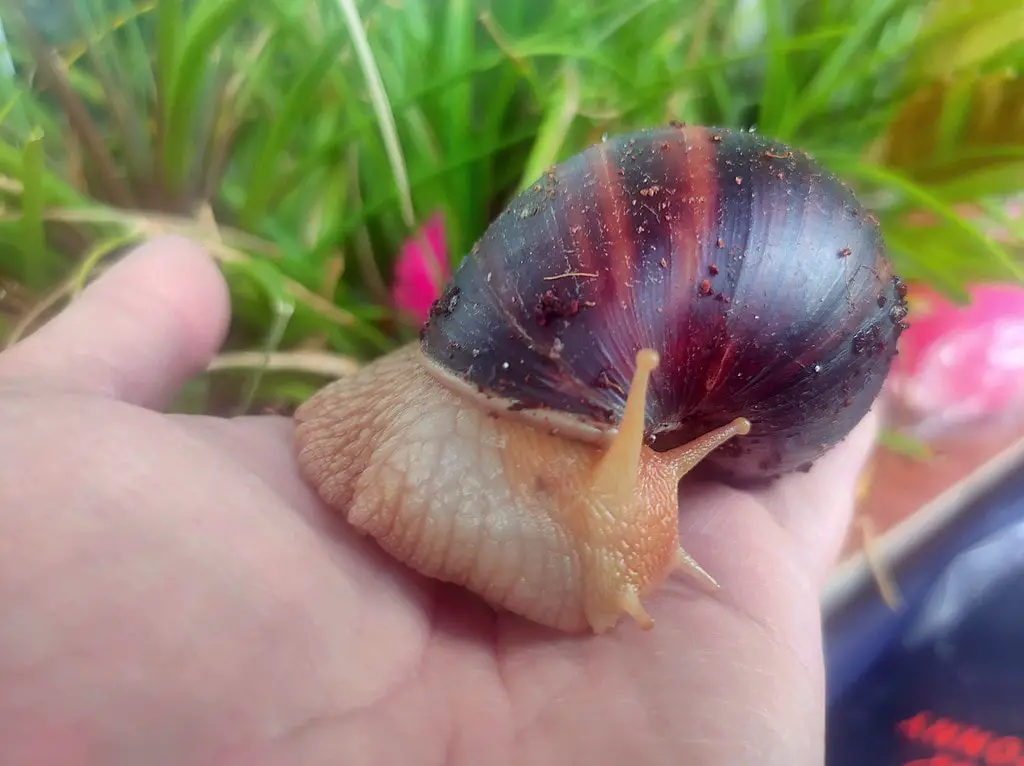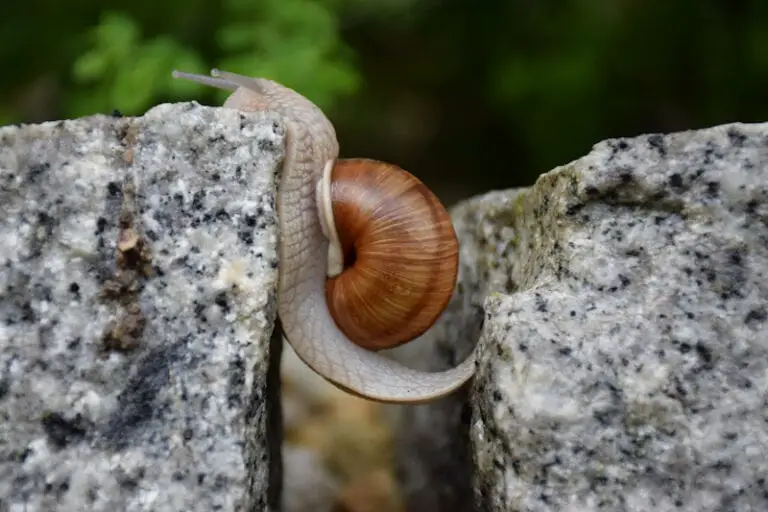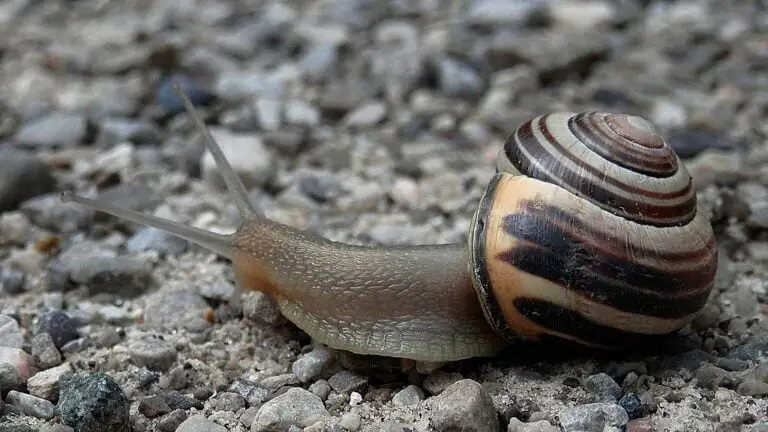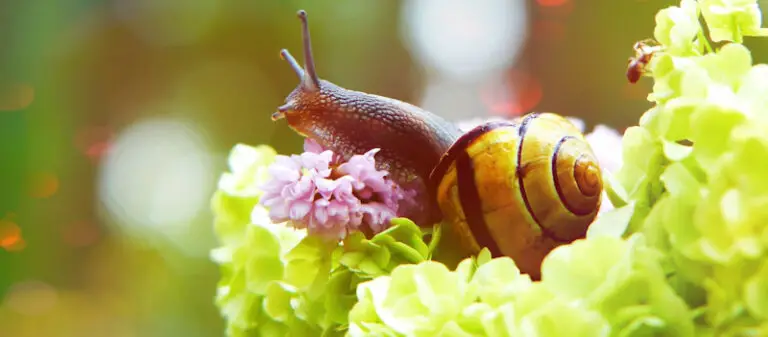Snail Care 101: Tips for Keeping Your Slimy Friend Happy and Healthy
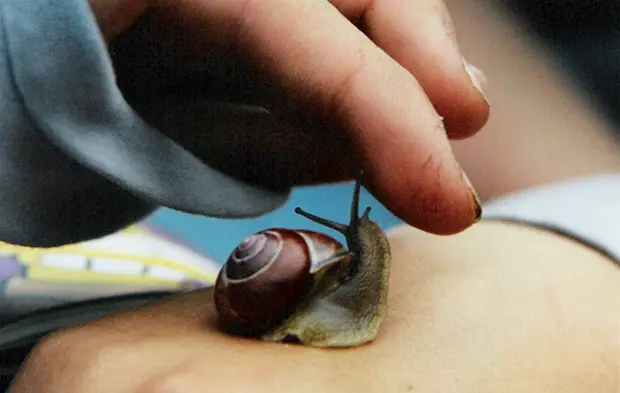
Welcome to the world of snail care! Snails make great pets and are fascinating creatures to watch and care for. However, as with any pet, it’s important to provide the right environment and care to ensure your snail is happy and healthy. In this article, we’ll cover everything you need to know about how to take care of a snail, including their habitat needs, diet, health care, and more. Let’s dive in!
Creating the Optimal Snail Habitat
When it comes to keeping a pet snail, one of the most important things you can do is provide them with the right environment. Snails are sensitive creatures, and they require a specific type of habitat to thrive. Here are some tips for creating the optimal snail habitat:
Enclosure
The first thing you’ll need is an enclosure for your snail. This can be a terrarium, aquarium, or even a plastic container. Make sure the enclosure is large enough for your snail to move around comfortably, and that it has a secure lid to prevent escape.
Substrate
Next, you’ll need to consider the substrate. Snails need a substrate that will help maintain humidity and provide a soft surface for them to crawl on. Coconut fiber, sphagnum moss, and potting soil are all good options. Avoid using sand or gravel, as it can be rough on snails’ delicate bodies.
Humidity and Temperature
Snails require a humid environment to thrive. Aim for a humidity level of 70-80%, which you can achieve by misting the enclosure with water regularly. You’ll also need to monitor the temperature – most snails prefer temperatures between 70-80°F. If the enclosure gets too hot or too cold, it can impact your snail’s health.
Decoration
Adding some decorations can make your snail’s habitat more interesting and stimulating. You can use natural items like rocks, logs, and plants, or opt for artificial decorations like plastic plants or hiding spots.
Cleanliness
It’s important to keep your snail’s habitat clean to prevent the buildup of bacteria and other harmful substances. Remove any uneaten food, and clean the substrate and decorations regularly. Avoid using harsh chemicals, as they can harm your snail.
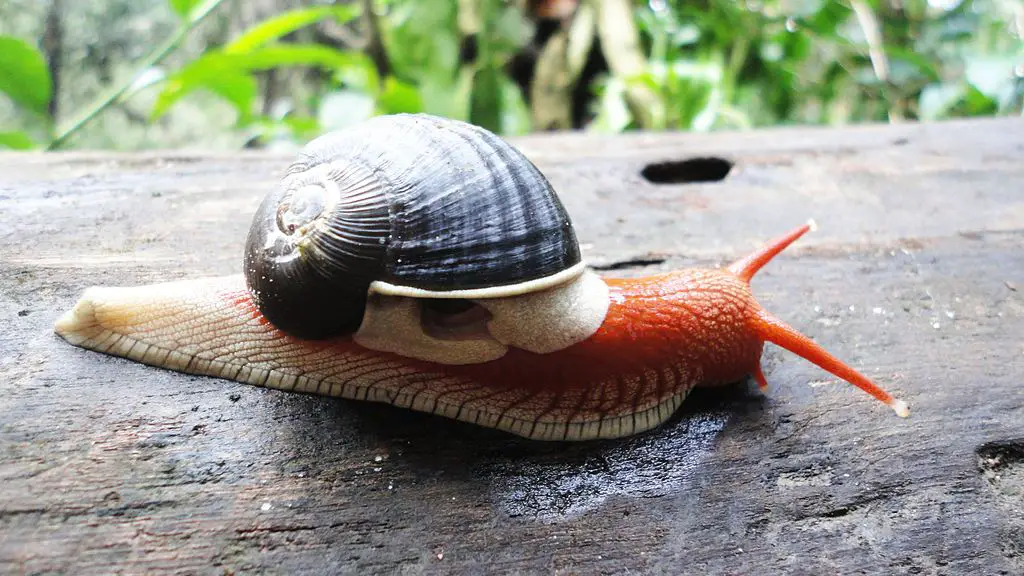
By following these tips, you can create an optimal habitat for your snail that will keep them happy and healthy.
Understanding Snail Diet and Feeding
Feeding your pet snail a nutritious diet is essential for their health and well-being. While snails are known for their love of vegetation, it’s important to understand their specific dietary needs to ensure they receive the appropriate balance of nutrients.
Most land snails are mostly herbivores, meaning they consume plant matter. However, not all vegetation is created equal, and it’s important to provide your snail with a varied diet that meets their nutritional requirements. Some of the foods that snails enjoy include:
- Lettuce
- Spinach
- Kale
- Cucumber
- Carrots
- Apples
- Bananas
It’s important to note that not all types of lettuce are safe for snails to eat, as some varieties can be harmful to their health. Always do your research or consult with a veterinarian to ensure you’re providing your snail with safe and nutritious foods.
How Often Should You Feed Your Snail?
Snails have a slow metabolism and don’t require large amounts of food in one sitting. Generally, feeding your snail once a day is sufficient. However, some species may require more or less food depending on their size and activity level. It’s important to monitor your snail’s weight and adjust their feeding schedule accordingly to prevent overfeeding or underfeeding.
Feeding Tips for Different Types of Snails
While most snails have similar dietary needs, some species may have specific requirements. For example, land snails may require a source of calcium to maintain their shell health, while aquatic snails may need a source of protein in their diet. It’s important to research the specific needs of your snail species and provide them with an appropriate diet.
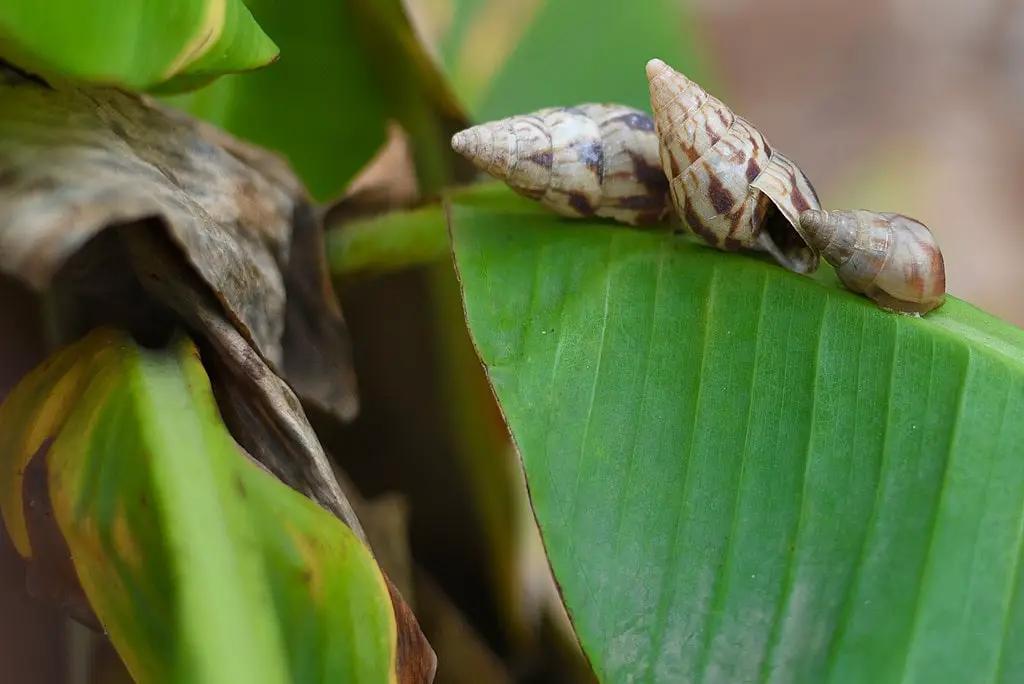
Maintaining Snail Health
As with any pet, it’s essential to maintain your snail’s health to keep them happy and thriving. There are several key factors to consider when it comes to snail health, including their diet, environment, and shell care.
Preventing Common Health Issues
Snails can be prone to certain health issues, including dehydration, bacterial infections, and parasite infestations. To prevent these issues, it’s crucial to ensure that your snail’s habitat is kept clean and at the appropriate humidity and temperature levels. Additionally, make sure that you’re providing your snail with the right kind of food and supplements, as a balanced diet is critical for good health.
Shell Care
The health of a snail’s shell is also essential for their well-being. A damaged or weakened shell can make them more susceptible to injuries and infections. Regular cleaning of the snail’s shell and providing them with access to calcium-rich foods, such as cuttlebone or eggshells, can help promote strong and healthy shell growth.
What to Do if Your Snail Displays Symptoms of Illness
If your snail appears to be unwell, it’s crucial to take action quickly. Common signs of illness in snails include sluggishness, lack of appetite, or abnormal behavior. If you notice any of these symptoms, it’s best to consult with a veterinarian who specializes in exotic pets. They can diagnose any underlying health issues and prescribe the appropriate treatment plan to get your snail back to good health.
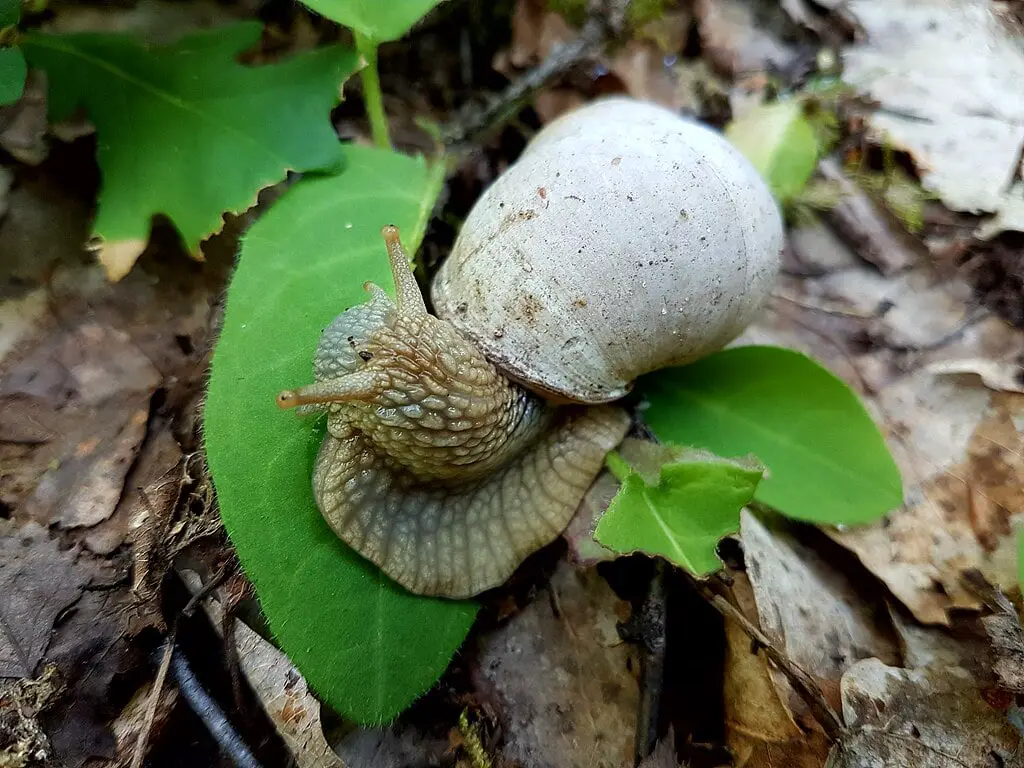
By following these tips for maintaining your snail’s health, you can help ensure that your little slimy friend lives a long and happy life. Remember to always keep their habitat clean, supply them with a balanced diet, and be on the lookout for any signs of illness or distress. With proper care, your snail can be a fascinating and rewarding pet to keep!
Snail Tank Cleaning and Maintenance
Proper cleaning and maintenance of your snail tank are crucial in ensuring your slimy friend stays healthy and happy. Follow these tips to keep your snail’s home clean and comfortable:
Cleaning Schedule
It’s important to clean your snail’s tank regularly to prevent the buildup of harmful bacteria and waste. The frequency of cleaning will depend on the size of your snail and the size of the tank, but as a general rule, aim to clean the tank every two weeks.
During cleaning, remove any uneaten food, feces, and other debris from the tank. Replace the substrate and clean any rocks or decorations with warm water. You can also use a mild detergent, but be sure to rinse thoroughly to avoid any harmful residue.
Equipment
When cleaning your snail tank, you will need the following equipment:
| Equipment | Usage |
|---|---|
| Sponge or scrub brush | To clean the tank and accessories |
| Bucket | To hold water for cleaning |
| Filtered or dechlorinated water | To fill the tank |
Odor Control
Snails can produce a strong odor, especially if their tank is not cleaned regularly. To control odor, make sure to remove any uneaten food promptly, and clean the tank thoroughly on a regular basis. You can also place a small dish of activated carbon or baking soda in the tank to absorb any odors.
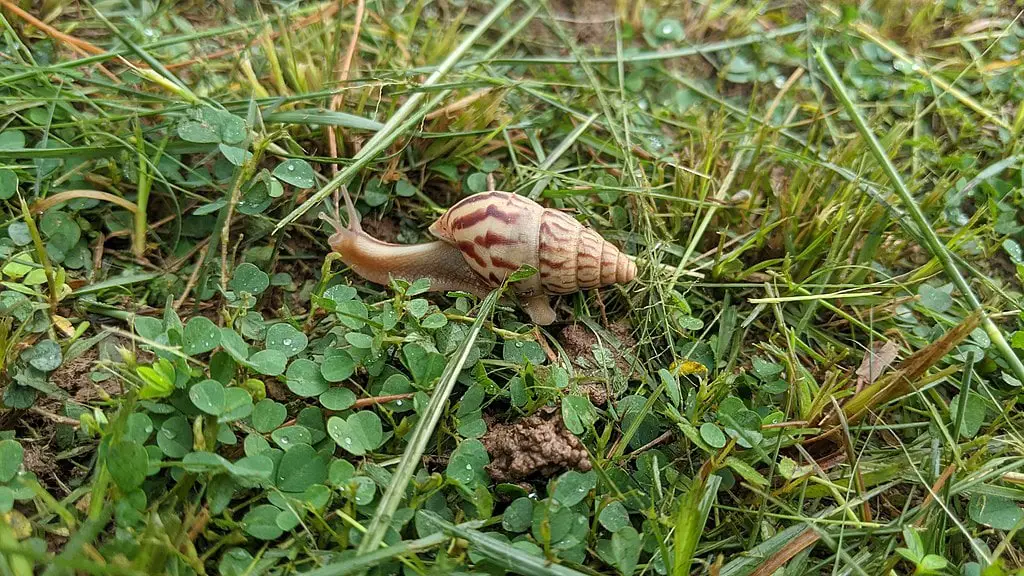
By following these tips for cleaning and maintaining your snail tank, you can ensure that your pet stays healthy and happy. Remember to always provide a clean and comfortable environment for your slimy friend to thrive in!
Types of Pet Snails
There are several different types of pet snails, each with their unique care requirements. When choosing a snail as a pet, it is important to do your research and select one that is right for you and your lifestyle.
Some popular types of pet snails include:
| Snail Type | Care Requirements |
|---|---|
| Common Garden Snail | Easy to care for, require a moist environment and a varied diet. |
| Mystery Snail | Require a larger tank and regular water changes. They also prefer a varied diet. |
| Apple Snail | Need a large tank with plenty of hiding places and a varied diet. They also require a heater and filter. |
Other types of pet snails include the Giant African Land Snail, Ramshorn Snail, and Nerite Snail. Each snail has its unique personality and care requirements, so it is essential to research before selecting the one that is right for you.
When selecting a pet snail, it is crucial to consider the space you have available, the amount of time you can dedicate to their care, and any other pets or children in the household. Remember, snails can live for several years, so it is essential to be committed to their care for the long term.
Handling and Interacting with Your Snail
While snails are not exactly known for their playful and interactive nature, they can still make great pets if you enjoy observing their movements and behaviors. Here are some tips for handling and interacting with your slimy friend:
Picking Up Your Snail
When it comes to picking up your snail, it’s important to do so gently and carefully. Place your hand near your snail and allow it to crawl onto your fingers or palm. Avoid grasping it tightly or squeezing it, as this can be harmful to your snail.
Tip: If your snail is not interested in crawling onto your hand, you can also use a soft-bristled brush to gently coax it onto your hand.
Bonding with Your Snail
While snails may not be as interactive as other pets like dogs or cats, you can still form a bond with your slimy friend. Spend time observing your snail and learning its behavior patterns. You can also offer your snail tasty treats like lettuce or cucumber to help it associate positive experiences with being around you.
Tip: Some snails enjoy being gently stroked with a soft-bristled brush or Q-tip. Gauge your snail’s response to see if this is something it enjoys.
What to Do If Your Snail Is Stressed
Snails can become stressed in certain situations, such as when they are handled too roughly or when environmental conditions are not optimal. Signs of stress in snails may include hiding away, curling up inside their shell, or becoming less active.
If you notice that your snail is exhibiting signs of stress, take steps to make its environment more comfortable and avoid handling it until it seems more relaxed and comfortable. Remember to always handle your snail gently and avoid situations that may cause it to feel anxious or threatened.
By following these tips, you can create a comfortable and nurturing environment for your snail, and foster a positive and rewarding relationship with your slimy friend.
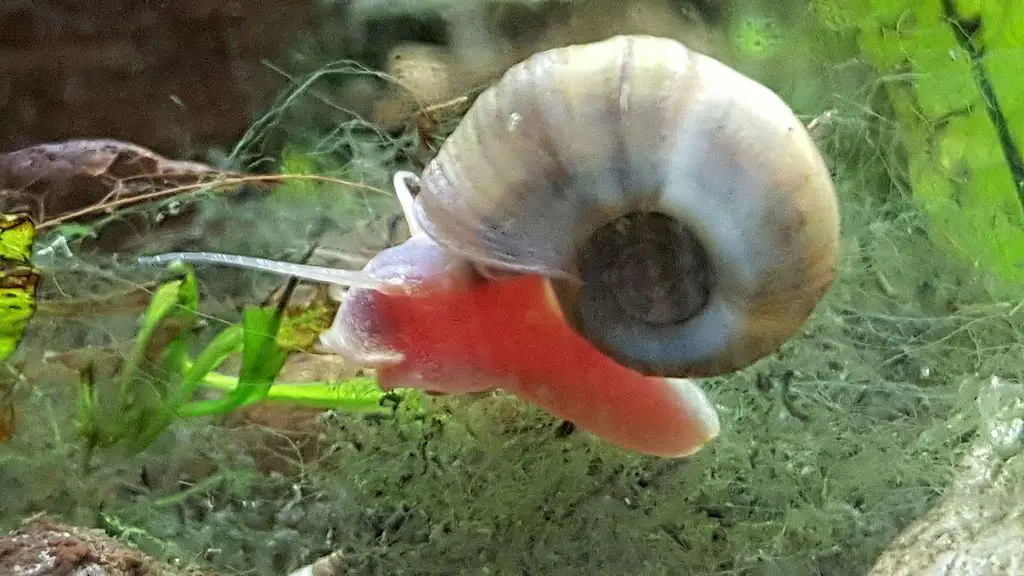
Common Mistakes in Snail Care
Snails are fascinating and low-maintenance pets, but they do require proper care to stay healthy and happy. Unfortunately, many new snail owners make common mistakes that can harm their slimy friends. Here are some mistakes to avoid:
| Mistake | Why it’s harmful | How to avoid it |
|---|---|---|
| Overfeeding | Feeding your snail too much can lead to obesity, lethargy, and other health problems. | Follow a feeding schedule and give your snail only what they need. Remove uneaten food promptly. |
| Improper substrate | The wrong type of substrate can cause skin irritation, infection, and stress. | Research the best substrate for your snail species and provide a clean, comfortable habitat. |
| Overhandling | Snails are sensitive and can become stressed if handled too much. | Handle your snail gently and only when necessary. Provide hiding spots for your snail to retreat to. |
| Ignoring health issues | Snails can develop health problems like dehydration, infections, and shell damage. | Monitor your snail’s health regularly and address any issues promptly. Consult with a veterinarian if necessary. |
In addition to these common mistakes, there are also many misconceptions about snail care. For example, some people believe that snails can eat any type of food, but in reality, they have specific dietary requirements. It’s important to do your research and learn as much as you can about your snail species to ensure they receive the best care possible.
By avoiding these common mistakes and taking the time to provide proper care, you can help your snail lead a long and healthy life.
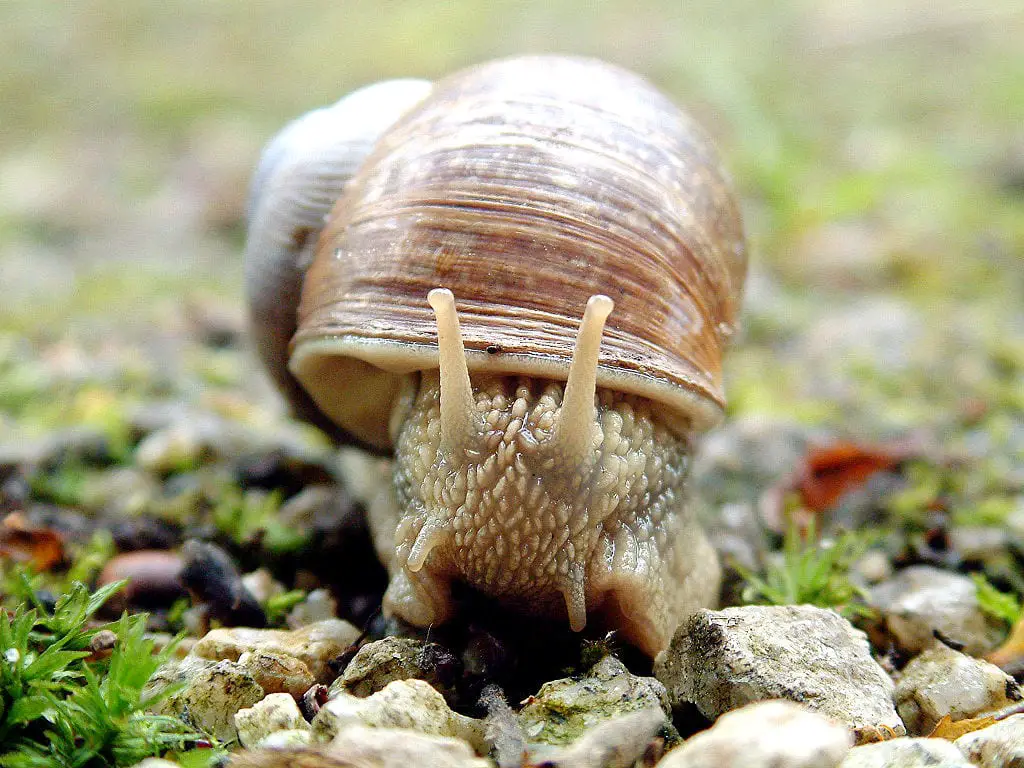
FAQ
Here are some frequently asked questions about snail care:
1. How long do pet snails live?
The lifespan of a pet snail depends on the species and the care it receives. On average, pet snails can live anywhere from 2-5 years.
2. Can snails be kept together?
Yes, snails can be kept together as long as they are of the same species and have enough space. It’s important to keep an eye on their behavior and separate them if they show signs of aggression.
3. How often should I clean my snail tank?
It’s recommended to clean your snail tank at least once a week, or more often if there are signs of excessive waste or odor. Make sure to remove any uneaten food and debris, and replace the substrate if necessary.
4. Can snails be trained?
While snails cannot be trained like traditional pets, they can become more comfortable with handling and interaction over time. You can also encourage your snail to come to you for food by offering treats from your hand.
5. Can you breed pet snails?
Yes, many species of pet snails can be bred in captivity. However, it’s important to research the specific breeding requirements and ensure that you have enough space and resources to care for the offspring.
6. Can snails feel love or affection?
While it’s not certain if snails can feel emotions like love or affection, they can form bonds with their owners and become more comfortable with handling over time.
7. Do snails need a lot of attention?
Snails are generally low-maintenance pets and do not require a lot of attention. However, it’s important to provide them with a comfortable and healthy environment, and to interact with them on a regular basis to ensure they are not feeling stressed or anxious.
In Conclusion
Navigating the world of snail care may seem like an unusual journey, but it’s one that comes with its own unique and delightful rewards. These seemingly simple creatures open up a world of wonder when we start to understand and appreciate their needs and behaviors. Each snail brings its own charm to the table with its unique personality and habits.
To ensure your slimy friend lives a fulfilling life, the key lies in creating an optimal habitat, providing a nutritious diet, maintaining their health, properly handling, and understanding their specific species’ needs. Avoiding common mistakes and misconceptions in snail care can also go a long way in extending their lifespan and enhancing their quality of life.
Ultimately, caring for a pet snail offers an opportunity to slow down and appreciate the quieter, smaller aspects of life. As we nurture these tiny creatures, we learn to appreciate their slow-paced lifestyle, something that often stands in stark contrast to our fast-paced world. This nurturing process can be an incredibly calming, even therapeutic, experience.
Through this guide, we hope you’ve gained valuable insights into creating a comfortable environment for your pet snail, caring for their health, feeding them, and more. Remember, the bond between you and your pet snail will strengthen over time. With patience, understanding, and appropriate care, your pet snail will not only survive but thrive, offering you a glimpse into their fascinating world.
Embrace this unique pet-owning experience with open arms, and you’re in for a rewarding journey with your slimy, yet utterly captivating, friend. Happy snail parenting!

